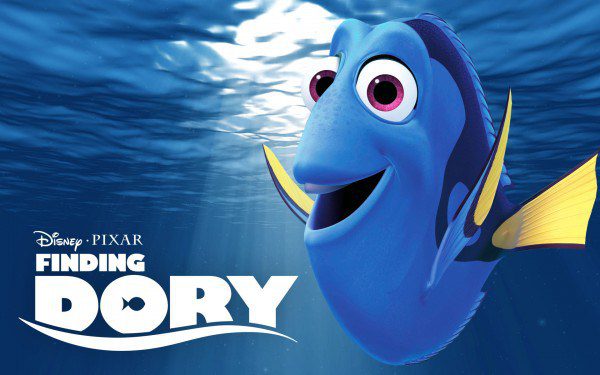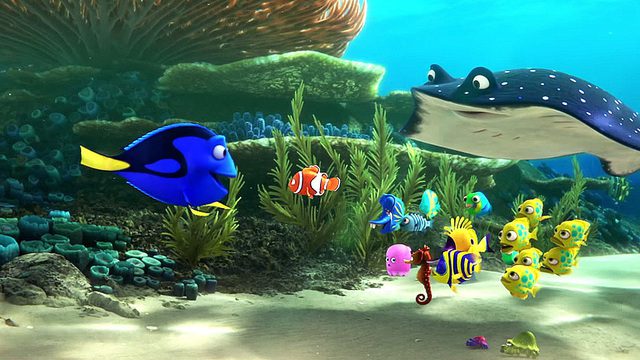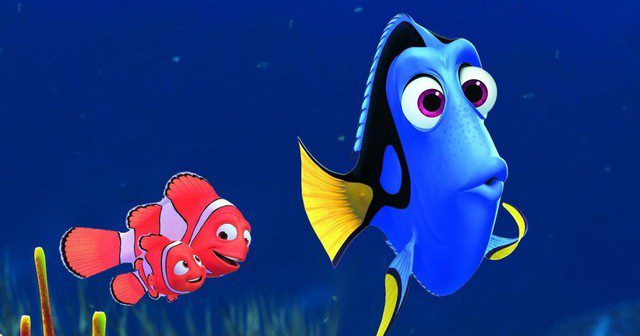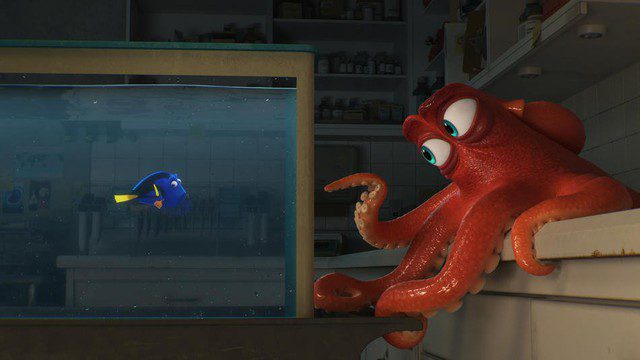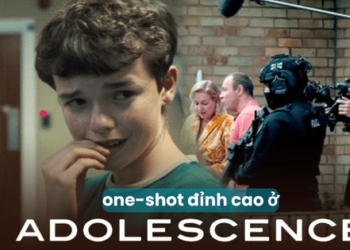In 2003, the animated film Finding Nemo created a significant impact in the global film industry, generating revenues of up to 936 million USD for Pixar, while the production cost was around 96 million USD. Not only that, the film also achieved the title of the best-selling animated DVD in history, with 40 million copies sold worldwide. However, it wasn’t until 13 years later that audiences and fans were able to continue their joyful journey under the sea with the sequel titled Finding Dory.
In this sequel, the main character is no longer Nemo’s son but rather the forgetful fish Dory, who struggles with her short-term memory issues, leading to many humorous situations for viewers from the first part. In the second part, Dory begins to remember her past, especially her family, and is determined to find her way back home and reunite with her family.
However, the journey is not simple, as Dory faces numerous challenges due to her ongoing memory issues, making it necessary for Nemo and his father to follow her closely to prevent her from getting lost. This careful navigation leads to various comedic scenarios that are both “difficult to bear.”
The plot of this film is quite straightforward, but it is still engaging for viewers, maintaining a sense of curiosity as details about Dory’s past are gradually revealed throughout the journey, creating a feeling akin to playing a complex puzzle game.
Interspersed with Dory’s touching moments are humorous details that create a continuous emotional thread throughout the film, prompting viewers to reflect on the anthropomorphized representations of marine life and the relatable antics that they engage in.
This film’s storyline is closely linked to the original Finding Nemo. Although the sequel does reference and recall elements from the first film, the connections are not overly frequent, and any audience member who hasn’t seen the first part for 13 years may find it refreshing to experience it anew, especially since the time gap is quite long to remember and relate it to this sequel.
The film’s plot is relatively simple, yet it is filled with captivating moments that keep the audience engaged, effectively immersing them in the unfolding challenges faced by Dory.
In this film, the standout character and the most beloved is not Dory, but rather the octopus Hank. With his cunning and deep-seated wisdom, Hank is portrayed as a character who is initially reluctant but ultimately becomes a supportive figure, providing a contrast to the other characters and humorously anthropomorphizing his nature.
Unlike other animated films that feature cheerful soundtracks, Finding Dory focuses more on the surrounding sound effects for the characters, with the film’s music appearing but not being overly prominent. However, the sound effects of the characters are very subtle and cleverly highlight the personalities and humorous traits of each character, leaving a lasting impression on the audience.
In summary, if you felt tired of the action-packed blockbusters of the summer of 2016, Finding Dory truly brings a fresh, joyful experience for you and your loved ones. It’s worth noting that the humor in the film tends to vary from character to character, so if you have younger siblings, this animated film will definitely be a suitable choice for a delightful viewing experience together.


